While trying to fix a broken code with arrays and dictionaries, I came upon something weird when filling the dictionary (I have since used a different workaround) but was wondering what's causing the "duplication" of keys in the dictionary:
Current Workaround:
Dim lvbData()
lvbData = wsHeadH.Range("A1:C" & lRowHeadH).Value 'to build the keys
lRow = wsData.Range("B" & Rows.Count).End(xlUp).Row
Dim jLev()
jLev = wsData.Range("B2:D" & lRow).Value 'B & D again create same keys from different table
Dim dep()
ReDim dep(1 To UBound(jLev, 1))
Dim keys()
keys = wsHeadH.Range("D1:D" & lRowHeadH).Value2 'these have the same values as the A & C together
'which definitely are unique together (how our system is built)
'Dim dict As Object
Dim dict As Dictionary
Set dict = CreateObject("Scripting.Dictionary")
For i = 1 To UBound(lvbData, 1)
dict.Add keys(i, 1), lvbData(i, 3) 'adding keys with the desired value
Debug.Print dict(keys(i, 1)) 'shows the correct values
Next i
Dim tDbl As Double
For i = 1 To UBound(jLev, 1)
tDbl = jLev(i, 1) & jLev(i, 3) 'this is the workaround
dep(i) = dict(tDbl) 'gives the desired result
Debug.Print dict(jLev(i, 1) & jLev(i, 3)) 'shows up empty, both jLev's have Variant/Double
'just like the keys do
Next i
(I'm aware this is a bit convoluted but I wanted to train working with arrays, could've just done a simple XLOOKUP)
I have no idea why after the second loop (of filling dep) the dict.Count gives 533 as I have 267 keys/values in there (before filling dep, the count does state 267)

Old workaround:
Now with the first attempted fix (I switched to the one above since I noticed the weird "visual" error in VBE without checking the results of the dep which were actually correct):
For i = 1 To UBound(lvbData, 1)
dict.Add CStr(keys(i, 1)), lvbData(i, 3)
Debug.Print dict(keys(i, 1))
Next i
Dim tDbl As Double
For i = 1 To UBound(jLev, 1)
'tDbl = jLev(i, 1) & jLev(i, 3)
dep(i) = dict(CStr(jLev(i, 1) & jLev(i, 3)))
Debug.Print dict(jLev(i, 1) & jLev(i, 3))
Next i
Which shows one more count for whatever reason, and this is after only the first loop (filling of the dict. I don't quite understand why the count is so fluid for something that according to the documentation says it should give the count for the items in the collection which should be only the keys? and if it is supposedly the keys+values, then why would it only show 267 in the first loop with the workaround I went with?
Second part of the question, why does the VBE show the key as string and then as double?
Edit for sourcecodes:
source code where jLev is based on (imagine column A not being filled in yet):


